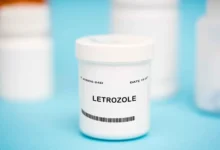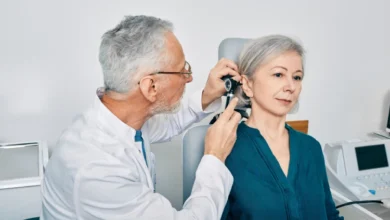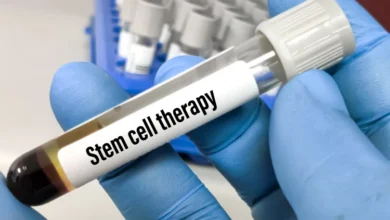How One Injection Could Deliver Multiple Vaccine Doses Ending the Need for Booster Shots
MIT Scientists Develop Biodegradable Microparticles That Release Vaccines in Timed Doses and May Replace Booster Shots
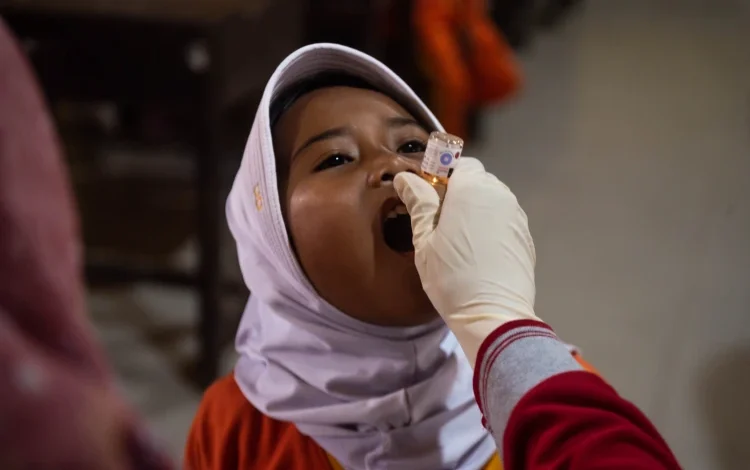
About one in five children worldwide do not receive all the vaccines recommended for their age. Half of these children receive at least one dose of a vaccine but never return for the rest, often due to distance from clinics, unstable health infrastructure, or limited outreach. A research team at the Massachusetts Institute of Technology is working on a single-injection vaccine delivery solution that could simplify this process significantly.
Microparticles designed to release vaccines at set times
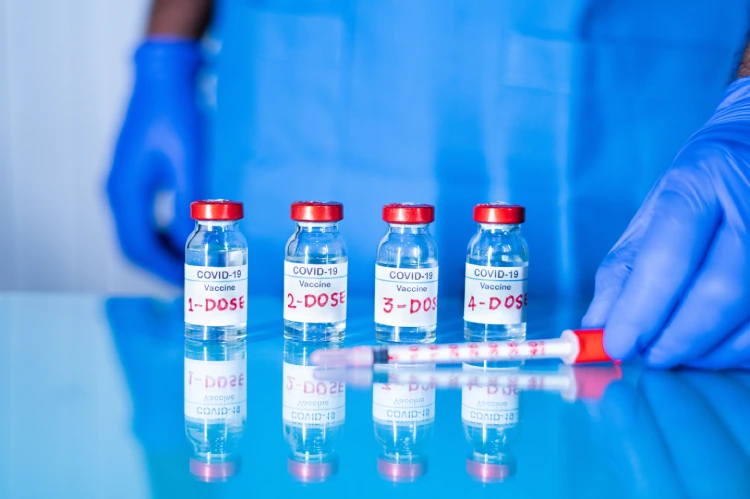
The research team’s approach involves packaging multiple doses of a vaccine into a single injection, using specially engineered microparticles that release each dose at a pre-programmed time. Instead of returning weeks or months later for a booster, a child could receive the entire course during one clinic visit.
The microparticles used in this vaccine system are built from a material group known as polyanhydrides. These particles are engineered as small, enclosed units that break down slowly once inside the body. As they degrade, they release the vaccine at specific intervals. The timing of this release depends on how the material is structured at the molecular level.
Mouse studies show immune response from delayed release
The team, led by researchers Ana Jaklenec and Robert Langer, recently demonstrated this timed delivery system in mice. The experiment involved two doses of a diphtheria vaccine: one released immediately and the second programmed to release two weeks later. The immune response in the mice mirrored what is typically seen when two separate injections are given weeks apart.
A major technical challenge was ensuring that the vaccine remains stable inside the microparticles during the delay between injection and release.
Traditional polymers like PLGA, which have been used for similar delivery systems, tend to create an acidic environment as they break down. This can damage sensitive biological materials like vaccines. The team chose polyanhydrides because they break down more slowly and produce less acidity, making them more suitable for carrying live or fragile antigens.
To identify the most effective versions of these materials, the team created a library of 23 polyanhydride types, each with slight variations in chemical makeup. They used a method called SEAL — stamped assembly of polymer layers — to form the particles and test their durability, sealing strength, and release performance.
After narrowing the list to the six most promising candidates, they tested them in mice.
Machine learning guides material design for timed release
To improve their material selection process, the researchers also developed a machine learning model. This algorithm predicted how changes in polymer composition would affect release timing, allowing them to screen hundreds of potential combinations virtually before testing a few in the lab.
Although still in early stages, this technology offers a possible shift in how vaccines are administered. If scaled successfully, it could benefit populations where returning for a second or third dose is a logistical challenge.
Clinics in rural areas, mobile vaccination units, and emergency response teams could all use a system that delivers complete protection in a single shot.
Potential for use in childhood vaccines and other treatments
Beyond childhood vaccines, the same method might be used to deliver other medications that require controlled timing, including hormone therapies or certain cancer treatments. For now, the immediate focus is on extending the interval between dose releases and testing the approach with other diseases like polio and measles.
This new form of vaccine delivery may not eliminate all barriers to global immunization, but it offers a practical way to reach more people with fewer resources.
By reducing the need for multiple appointments, it could help healthcare workers deliver lifesaving treatments more efficiently, especially in places where time and access are in short supply.
[Source]



